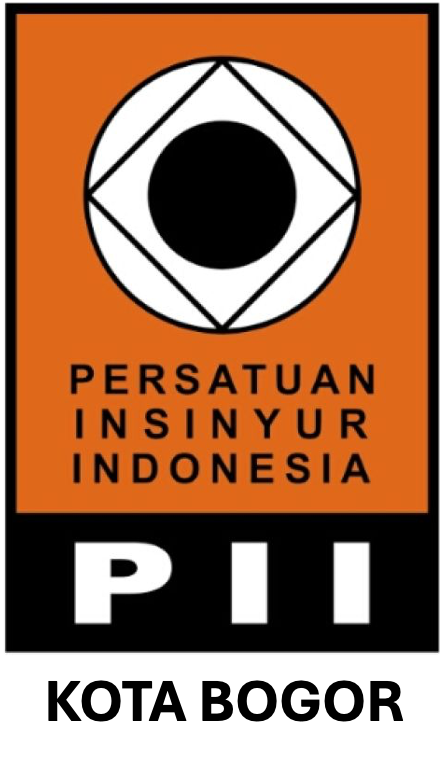ARTIFICIAL NEURAL NETWORK APPLICATION FOR THE ESTIMATION OF ANNUAL RAINFALL DATA UNRECORDED IN CISADANE WATERSHED
Abstract
Naturally in a watershed rainfall distributes spatially. To know rainfall in the watershed needs information from many installed rain gauges. However, rainfall data is found not completely recorded. It is then important to estimate missing or unrecorded rainfall data. This study aims to estimate annual rainfall data in stations by using ANN (Artificial Neural Network). This study was conducted in Cisadane watershed. This study perfomed using rainfall data for 14 periods, the location of rainfall post (coordinates and elevation), DEM map, and watershed map. Data processing and analyzing performed using Ms. Excel 2010, ArcGIS 10.0, and BackPropogation Neural Network 1.0 program. Data used as input in ANN to estimates unrecorded rainfall data were coordinates (X,Y) and elevation (Z) of each rainfall post. ANN can be used to predict the amount of rainfall in cisadane watershed marked with a value of determination (R2) 0,97. After all data complete, average of rainfall in Cisadane watershed can be calculate using arithmetic, thiessen polygon, and isohyet. The amount of rainfall watershed in Cisadane using the arithmetic mean produce rainfall of 2.609 mm, with Thiessen Polygon of 2.539 mm, and with Isohyets of 2.594 mm.
Keywords: ANN, annual rainfall, Cisadane watershed, estimation of rainfall
Downloads
Authors who publish with Jurnal Teknik Sipil dan Lingkungan, JSIL agree to the following terms:
a. Authors retain copyright and grant the journal right of first publication with the work simultaneously licensed under a Creative Commons Attribution License that allows others to share the work with an acknowledgment of the work's authorship and initial publication in this journal.
b. Authors are able to enter into separate, additional contractual arrangements for the non-exclusive distribution of the journal's published version of the work (e.g., post it to an institutional repository or publish it in a book), with an acknowledgment of its initial publication in this journal.
c. Authors are permitted and encouraged to post their work online (e.g., in institutional repositories or on their website) prior to and during the submission process, as it can lead to productive exchanges, as well as earlier and greater citation of published work (See The Effect of Open Access).










